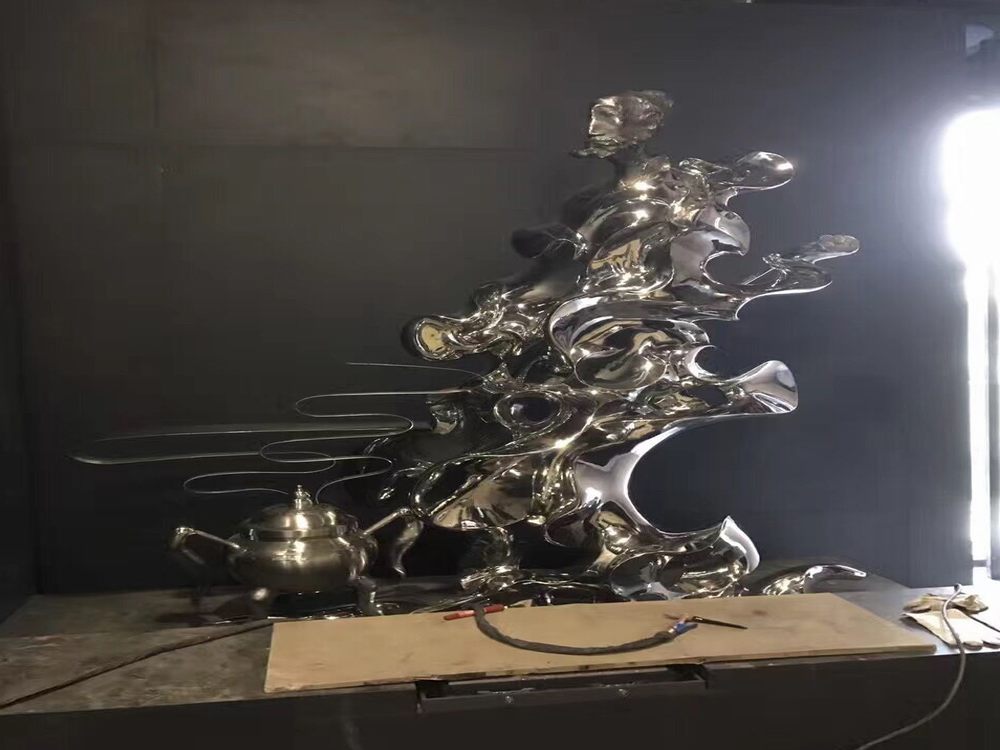
Artists often employ contrast in scale as a powerful tool to create dramatic focal points in metal sculptures. By juxtaposing vastly different sizes within a single piece, they draw the viewer’s attention to specific elements, enhancing the sculpture’s visual impact and emotional resonance.
One common technique involves placing a small, intricately detailed component against a large, minimalist background. This stark contrast not only highlights the smaller element but also adds depth and dynamism to the work. For example, a towering abstract metal sculpture might feature a tiny, lifelike figure at its base, creating a striking narrative or symbolic tension.
Another approach is the use of exaggerated proportions, where certain parts of the sculpture are intentionally oversized or undersized. This distortion can evoke feelings of awe, whimsy, or unease, depending on the artist’s intent. The interplay between large and small forms guides the viewer’s eye, ensuring the focal point commands attention.
Light and shadow further amplify these effects. The varying scales interact with natural or artificial light to cast dramatic shadows, adding another layer of contrast and dimensionality.
Ultimately, contrast in scale is more than a visual trick—it’s a storytelling device. Whether emphasizing fragility, power, or movement, this technique transforms metal sculptures into captivating works of art that engage and provoke thought.

